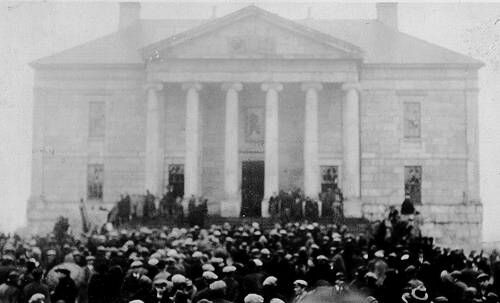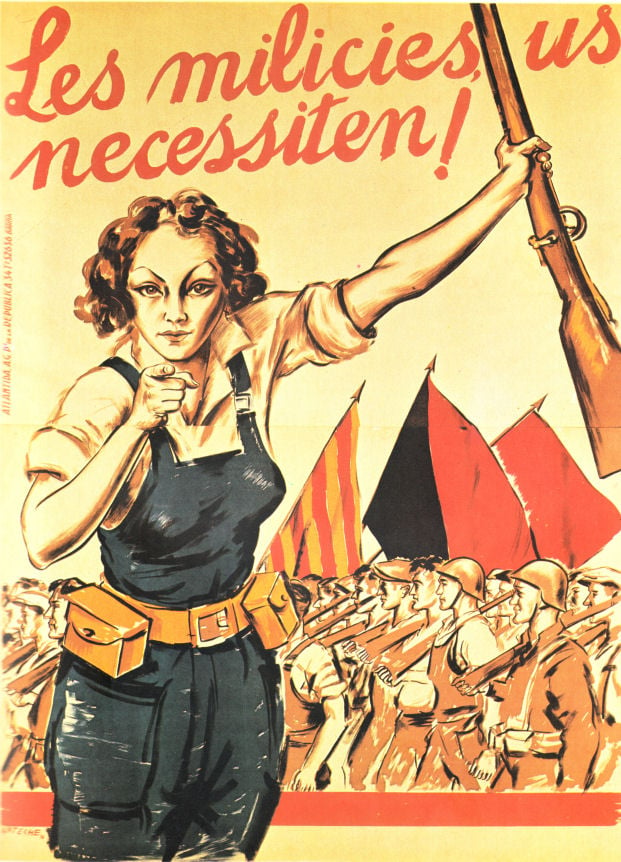Colonial Building Riot (1932)
Tue Apr 05, 1932

The Colonial Building Riot began on this day in 1932, in St. John’s, Newfoundland, when protests during the Great Depression turned violent, nearly causing the death of the Prime Minister, who promptly resigned and fled.
The protests were prompted by both the economic depression and corruption in the government of John Squires, the Newfoundland Prime Minister at that time.
The 10,000 protesters demanded a petition to investigate Squires for corruption, becoming unruly when no response was given. Some members of the crowd beat down the doors to the Colonial Building, and, when entering it, battled with police, both inside and outside the building.
In response, protesters began throwing objects through windows and attempted to set the Colonial Building on fire. Prime Minister Squires exited the building, but was found by the crowd, who assaulted him and forced him to take shelter at a private residence.
Squires immediately resigned - while the riot was still going on - and called for new elections. His party, the Liberal Party, won only two seats, with the vast majority going to the United Newfoundland Party. Regardless, this government was dissolved in 1934 and replaced by the Commission of Government, a non-democratic body with representatives chosen directly by the British Government.
- Date: 1932-04-05
- Learn More: en.wikipedia.org, www.heritage.nf.ca.
- Tags: #Colonialism, #Riots, #Protests.
- Source: www.apeoplescalendar.org

